|
Update: Permafrost and Thwaites Glacier were selected for this show. "accepted for inclusion at Arts DuPage’s Rare Glimpse Exhibit at Oesterle Library, 320 School Street, Naperville, from March 27 through May 5." The jurors had questions about how heavy the mirrors are. I have to include the weight of the mirrors in applications because some galleries are afraid they weigh a lot. A lot of galleries use these acrylic sticks that suspend from a track at the top of the wall for installations. (I don't like this method)((Yet I have to use it at work)) These acrylic mirrors only weight 20 pounds tops, but probably between 10 and 15. I move them around without thinking about it and they are easy to hang. I need to do a ranty post about the different methods of installing art shows. These are the entries for the Call for Entries I posted a few days ago for "Rare Glimpse" co-sponsored by Arts DuPage and North Central College Art Gallery. Statement for Entry #1 "Permafrost" "Permafrost" offers a rare glimpse to appreciate the important place of a dwindling keystone of our home world’s climate. The mosaic invites us to pause and reflect upon the vast permafrost tundras as they begin to trickle away and the familiar terrain of the higher latitudes collapses. “Permafrost” is part of the Floe Series about the continuing disappearance of geologic bodies of ice. This work is part of the “Floe” series which consists of a series of woven glass and reflective bead mosaics composed of hexagonal tiles that mimic crystals of ice about extant bodies of geologic ice. The mosaics are layered over round convex safety mirrors that enhance the look of ice and redouble the light passing through the glass beads, enhancing their luminosity. Statement for Entry #2 "Thwaites Glacier" offers a rare glimpse to appreciate a keystone of our world’s climate that is in danger of imminent loss. The mosaic invites us to pause and reflect upon a polar view of the glacier as it is undercut by warmer than usual ocean currents. There is concern that its giant ice shelf may give way and allow the rest of the glacier to flow down into the ocean causing an alarming rise in global sea level. This work is part of the “Floe” series which consists of a series of woven glass and reflective bead mosaics composed of hexagonal tiles that mimic crystals of ice about extant bodies of geologic ice. The mosaics are layered over round convex safety mirrors that enhance the look of ice and redouble the light passing through the glass beads, enhancing their luminosity. Statement for Entry #3
"Arctic Ice Sheet" offers a rare glimpse to appreciate the capstone of our home world’s climate that is in danger of vanishing. The mosaic invites us to pause and reflect upon a polar map of the seasonally waxing and waning ice sheet in the arctic circle. The ice sheet is being undercut by warmer than usual ocean currents as well as higher summer temperatures. This work is part of the “Floe” series which consists of a series of woven glass and reflective bead mosaics composed of hexagonal tiles that mimic crystals of ice about extant bodies of geologic ice. The mosaics are layered over round convex safety mirrors that enhance the look of ice and redouble the light passing through the glass beads, enhancing their luminosity. Note: This series is a bummer, especially with the artist statements. The judges might not want negativity in their show. But as I wrote before, the day may come when these cold pieces evoke a wistful and warm glow of nostalgia. The word count didn't allow room for me to add that.
0 Comments
Above: Skull made by Haroshi out of broken skateboard decks. I used to collect art and political manifestos. But after the introduction of the internet and starting a family, I couldn't keep up with the proliferation of ideologies. For some, every tweet is a manifesto so I will take that to heart and keep this brief as well. A micro-manifesto, if you will. Many, many artists, my self included, have come to the conclusion that if we are going to make something let's reuse cast off or pre-owned materials. The Tate's website defines assemblage as "art that is made by assembling disparate elements—often everyday objects—scavenged by the artist or bought specially." Some artists like the sense of nostalgia and history in old items. Others enjoy the raw textures of Art Brut and oxidized patinas of Arte Povera. In the last couple of decades, though, an increasing number of artists has realized that to consume new materials in the creation of art contributes to environmental harm. They seek to create bodies of sustainable, post-consumerism work. With that choice, comes the ick factor that surrounds cast off materials as unwanted waste and garbage. People don't want to see art made out of packaging. That stuff is only fit for landfills! Overcoming this prejudice is where the artist's challenge lies. The artist is tasked with taking cast off materials and refining them into something psychologically, socially, and environmentally valuable. Artists that can do this are tantamount to alchemists. I am not there yet. My work is a combination of used items, some pre-owned beads and thread, and a lot of new beads. I design my work for public display, but I also want it to be pleasant to live and work with, as well as aesthetically enriching. Other artists, though, are working with some really rough and maligned materials. There are a lot of artists working with cast off packaging. Most of them are pure environmental artists. They are open-minded and I really respect them. Their work is not always meant to be nice to live with. Sometimes it is solely meant to be displayed publicly and to communicate serious existential threats to life on on Earth—including ourselves—created by ourselves. Here are some assemblage alchemists and their works made out of trash. I hope these examples help you feel a little more appreciation for fine art made out of humble materials. It's important that we don't overlook it just because the art materials are humble. First up, Jason Rogenes makes futuristic backlit sculptures out of styrofoam. The lighting is where the magic happens. El Anatsui from Ghana makes sculptures out of scrap packaging. Africans are good at using everything. I'm guessing it's because they haven't been hammered as much with advertising about the ideals of the disposable consumer lifestyle. Just a guess from an ignorant American. (You are welcome to let me know how ignorant in the comments.) Angela Haseltine Pozzi collected plastic objects off the beach and created public sculptures of sea creatures out of them. The plastic in the ocean is being eaten by the fish that we, in turn, eat. This is neither appetizing or healthy for anybody in the food chain. I love assemblage made from cast-off or pre-owned items. I could go on and on listing more artists. I'd love to see examples of your favorite assemblage artists. Tell me about them in the comments! |
artist
Julie Mars' current events, projects, & inspirations. Archives
July 2024
Categories
All
|
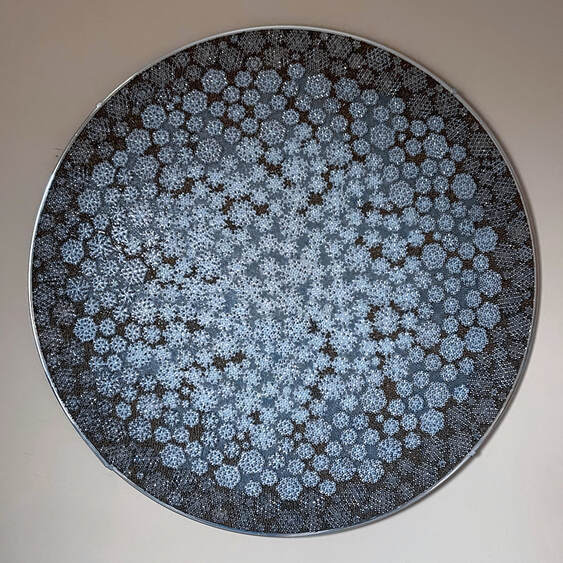
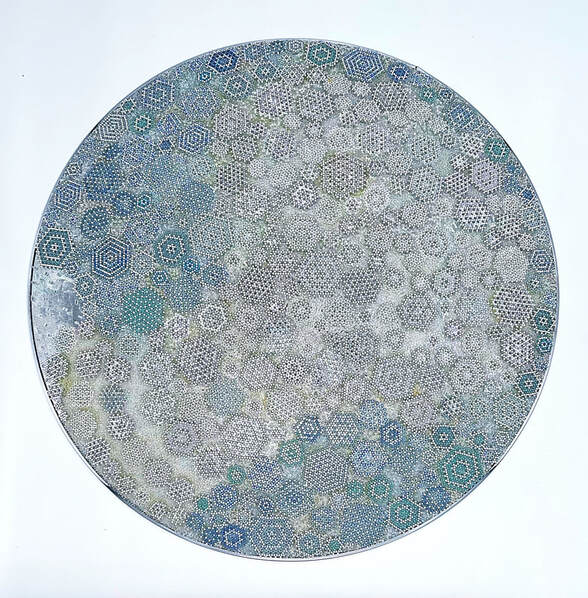
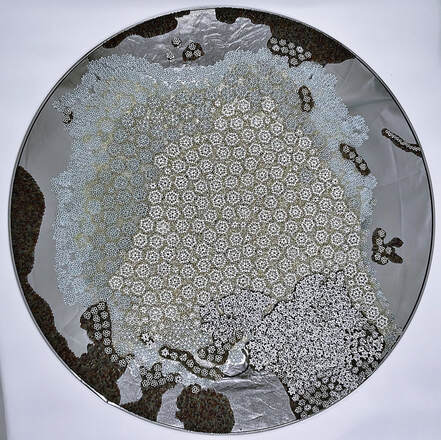
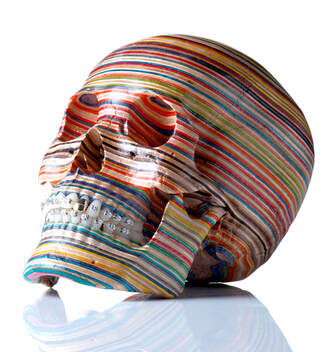
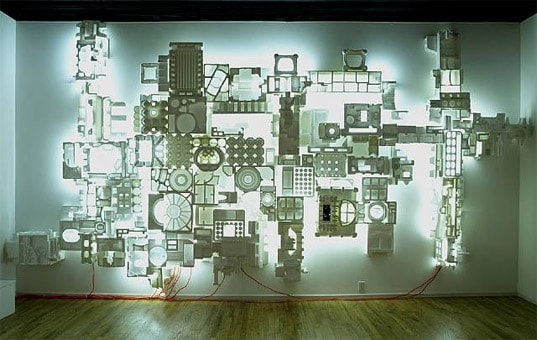
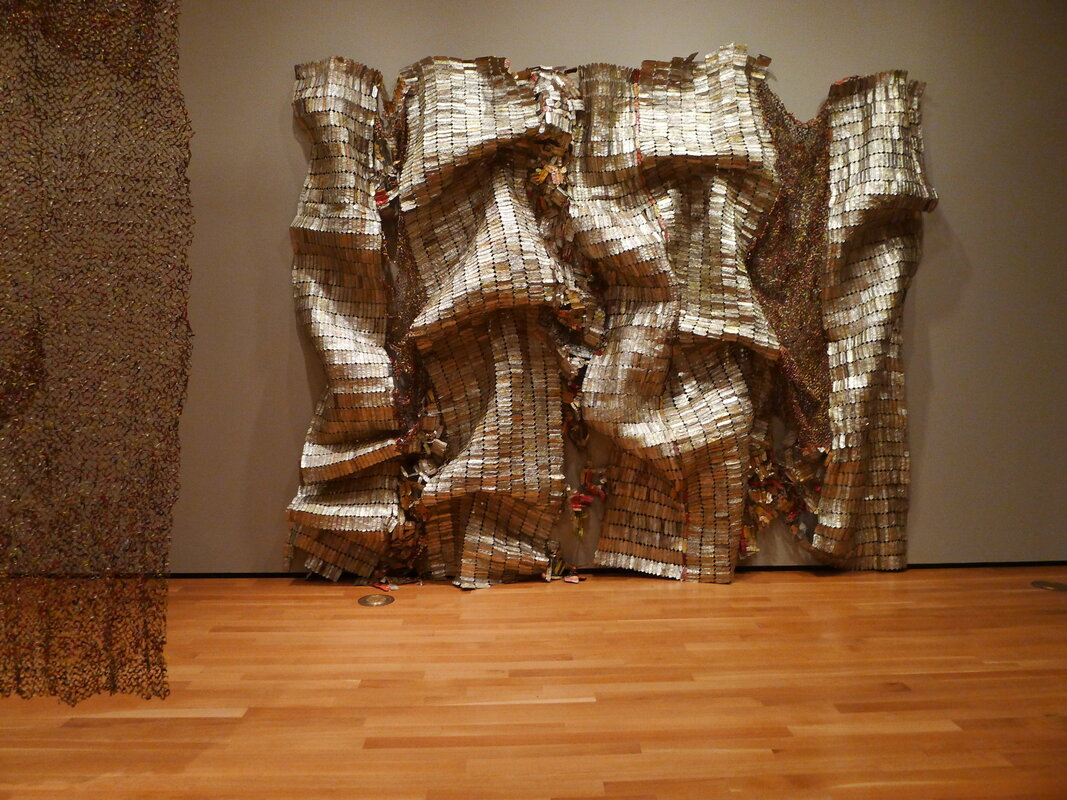
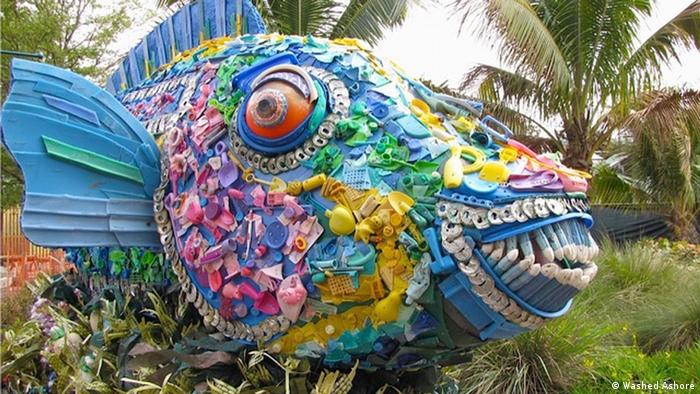
 RSS Feed
RSS Feed